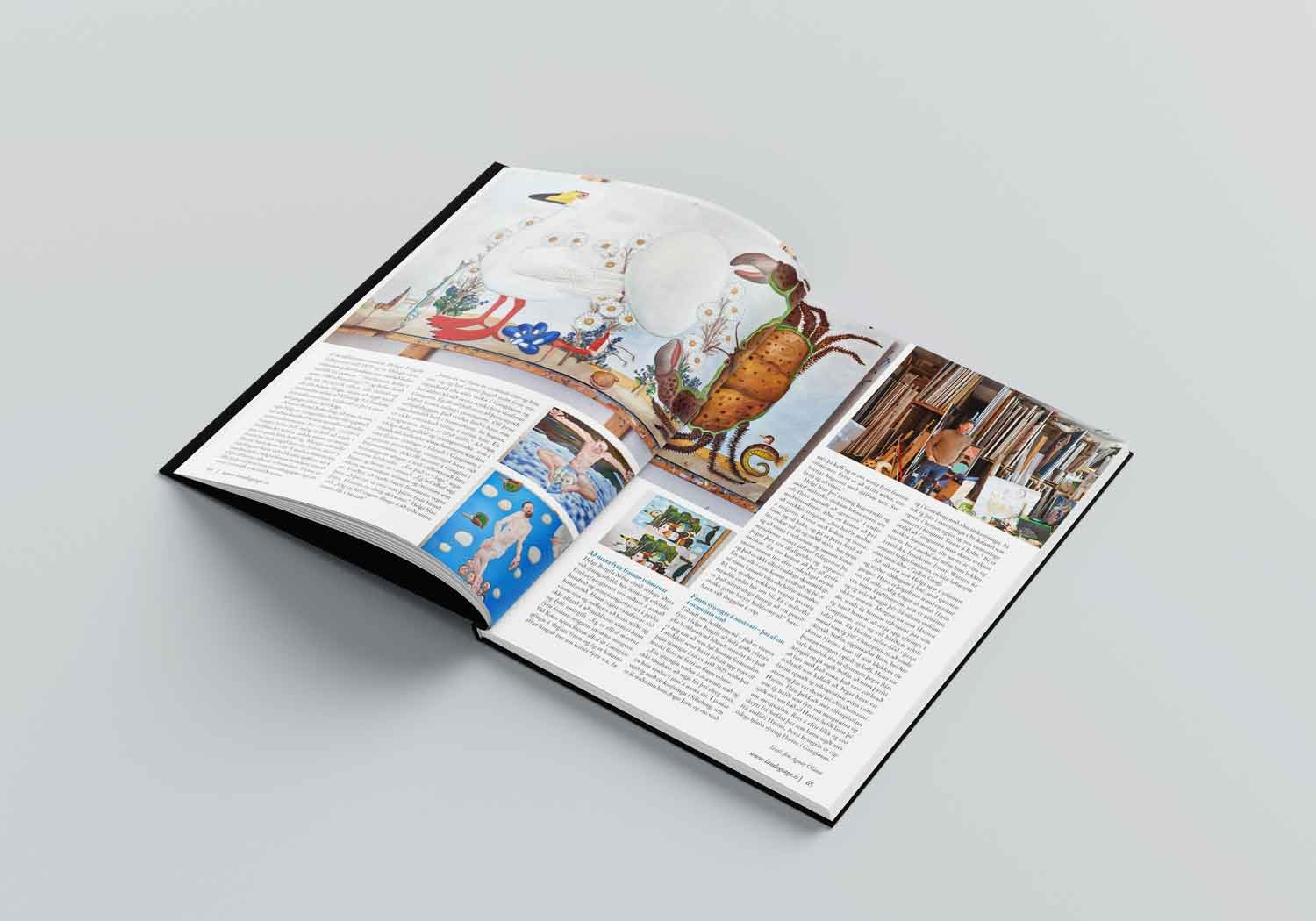Icelandic Times Issue 54
€14.00
Bessastadir
Bird Paradise
Under theArctic Circle
Where the Presidents Reside
The Theatre is the Home of Humanity
The Universal Human Searchfor Lost Time
Co-Habitationwith the Calamitiesof Nature
Description
The population of Iceland is steadily increasing and is rapidly approaching 400,000 people. While this may not seem like a large number in many other parts of the world, for small Iceland, it is a significant and remarkable milestone now within sight. Development grows in proportion to the population, and urban areas are expanding throughout the country, particularly in the capital itself, Reykjavík. Such growth undoubtedly brings opportunities – but equally, significant challenges. Urban planning is one of the most critical issues, as the goal is to ensure the well-being of the population.
In Iceland, however, more factors must be considered, such as volcanic eruptions and seismic activity. It is not always certain that new neighbourhoods are being planned in entirely safe areas. Iceland is a land in constant transformation – as evidenced by the recurring volcanic eruptions on the Reykjanes Peninsula in recent years – which has had a substantial impact on settlements, particularly the coastal village of Grindavík. In November 2023, the town underwent a full-scale evacuation after it was deemed unsafe for habitation due to earthquakes that severely damaged infrastructure in the town, along with persistent threats of volcanic eruptions and lava flows.
These disasters have forced a large portion of the residents of Grindavík to permanently leave their town, even though it goes against their will, as it is simply no longer considered safe to live there. Geological risks make urban planning in Iceland even more complex, and it was already one of the most challenging tasks beforehand. It is essential that authorities consider expert opinions on areas that are risky for development, as every effort must be made to ensure that the hardships faced by the people of Grindavík are not repeated. Being forced to leave one’s home out of dire necessity is one of the most burdensome decisions a person can face.
Iceland is one of the most sparsely populated countries in Europe, and finding suitable land for development that is not situated on geologically hazardous terrain should not be an insurmountable challenge.
Einar Th. Thorsteinsson
Additional information
| Weight | 0.1 kg |
|---|











